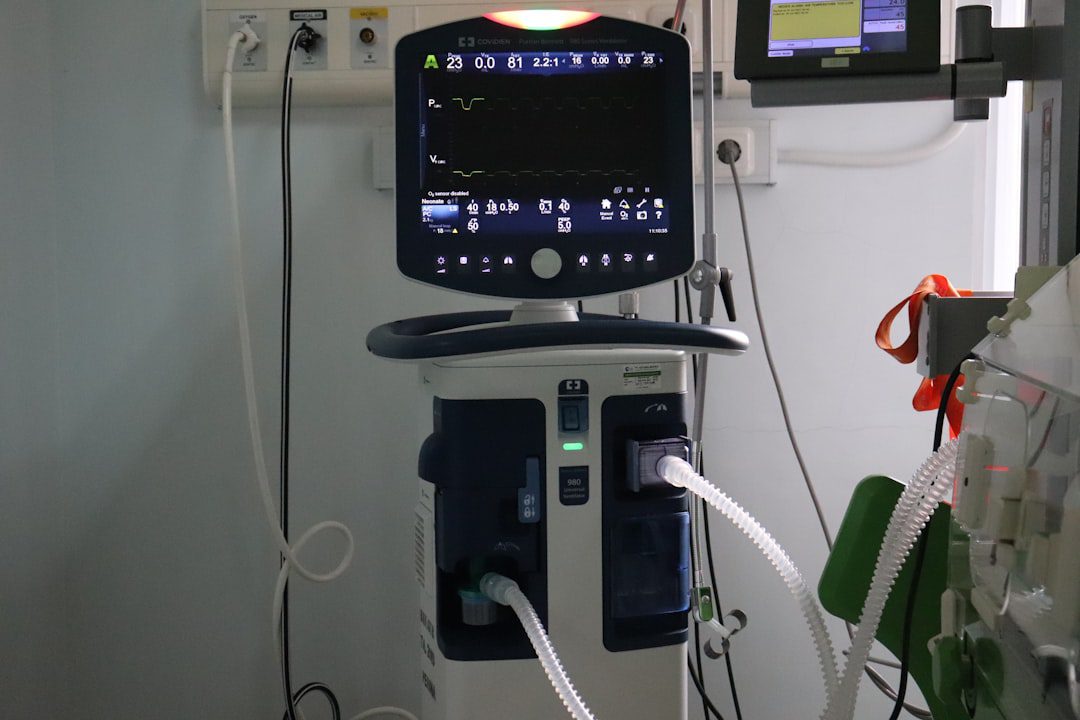
Understanding the BD Infusion Set Performance Alert
The FDA’s recent update on the BD infusion set performance issue represents a critical learning opportunity for medical device manufacturers. This alert, part of the FDA’s Communications Pilot to Enhance the Medical Device Recall Program, demonstrates the agency’s evolving approach to early intervention and manufacturer communication regarding device performance issues.
What Happened with the BD Infusion Set Issue
BD (Becton, Dickinson and Company) identified performance issues with certain infusion sets that required immediate attention and communication to healthcare providers. While specific technical details of the performance issue vary, infusion set problems typically involve:
- Occlusion or blockage of fluid pathways
- Leakage at connection points
- Premature disconnection during use
- Flow rate inconsistencies
The update indicates ongoing monitoring and assessment of the situation, highlighting the importance of continuous post-market surveillance for critical medical devices.
Why This Matters for Medical Device Manufacturers
Enhanced Recall Communication Program
This alert is part of the FDA’s Communications Pilot to Enhance the Medical Device Recall Program, which launched to improve transparency and speed of information sharing. For manufacturers, this program represents:
- Faster public disclosure: Issues may become public knowledge more quickly than traditional recall processes
- Enhanced scrutiny: The FDA is actively working to improve recall effectiveness and manufacturer responsiveness
- Stakeholder expectations: Healthcare providers and patients expect more timely and detailed communications
Post-Market Surveillance Implications
The BD case underscores the critical importance of robust post-market surveillance systems. Medical device manufacturers must maintain vigilant monitoring of device performance through:
- Medical Device Reporting (MDR) compliance under 21 CFR 803
- Proactive trend analysis of complaints and adverse events
- Regular review of manufacturing and quality data
- Customer feedback monitoring systems
Compliance Actions for Medical Device Manufacturers
Immediate Steps
Review Your Current Surveillance Systems:
- Evaluate the effectiveness of your complaint handling procedures
- Assess your ability to detect performance trends quickly
- Review communication protocols with the FDA and customers
Update Risk Management Processes:
- Revisit your ISO 14971 risk management file
- Consider whether similar performance issues could affect your devices
- Evaluate post-market risk controls and monitoring activities
Long-Term Compliance Strategy
Strengthen Quality Management Systems: Ensure your ISO 13485 quality management system includes robust post-market surveillance procedures that can detect and respond to performance issues rapidly.
Enhance Communication Protocols: Develop clear, tested procedures for communicating with the FDA, healthcare providers, and patients when performance issues arise. Practice scenario-based communication exercises.
Implement Proactive Monitoring: Consider implementing advanced data analytics and trend analysis tools to identify potential issues before they become widespread problems.
Key Takeaways for Regulatory Compliance
The BD infusion set alert update serves as a reminder that medical device regulation is becoming increasingly dynamic and transparent. Manufacturers who maintain proactive surveillance systems, clear communication protocols, and responsive quality management systems will be better positioned to handle similar situations effectively.
The FDA’s Communications Pilot program signals a shift toward more immediate and transparent information sharing, requiring manufacturers to be prepared for faster public disclosure of device issues. This evolution demands enhanced internal processes and greater readiness to communicate effectively with all stakeholders during device performance challenges.


No comments yet. Be the first to comment!